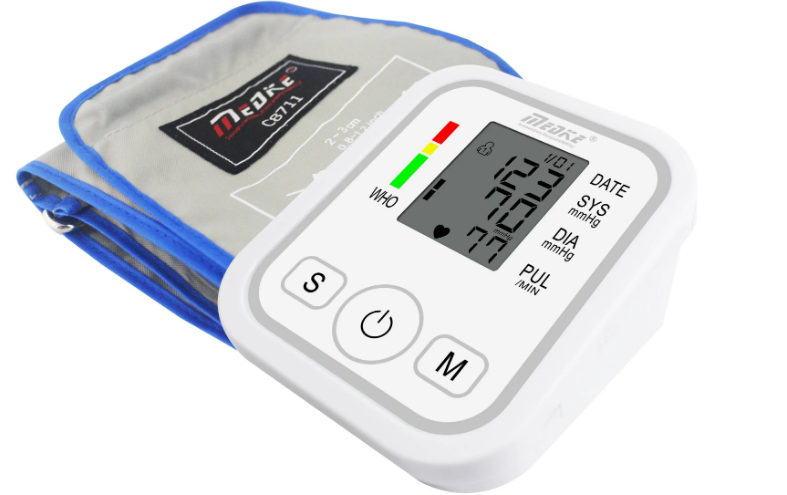Human beings need to maintain sufficient oxygen supply in the body to maintain life, and the oximeter can monitor the blood oxygen situation in our body and judge whether there is no potential risk in the body. There are currently four main types of oximeters on the market, so what are the differences between these oximeters? Let’s take everyone to understand the types and characteristics of these four different oximeters.
Types of oximeters:
Finger clip oximeter, which is the most common oximeter for personal and family use, is also used in clinics and other medical institutions. Its characteristic is that it is exquisite, compact and very portable. It does not need an external probe, and it only needs to be clamped on the finger to complete the measurement. This type of pulse oximeter is affordable and easy to use. It is the most effective way to monitor blood oxygen levels.
Palm oximeters are commonly used in hospitals and outpatient medical facilities or EMS, which consist of a probe that is connected to a cable and then to a monitor to monitor the patient’s oxygen saturation, pulse rate, blood flow Perfusion index. But its disadvantage is that the cable is too long, which is inconvenient to carry and wear.
Benchtop oximeters are typically larger in size compared to fingertip pulse oximeters, are able to take on-site readings and provide continuous oxygen saturation monitoring, making them ideal for use in hospitals and subacute settings. But the disadvantage is that the model is large and inconvenient to carry, and it can only be measured at a designated place.
Wristband oximeter, this pulse oximeter is worn on the wrist like a watch, with a probe placed on the index finger and connected to a small display on the wrist. The design is small and requires an external blood oxygen probe, and the finger bearing force is small and comfortable, which is an ideal choice for patients who need to continuously monitor blood oxygen saturation every day or during sleep.
How to choose a suitable oximeter?
At present, the pulse oximeter has been widely used in many fields, so which kind of oximeter is the best to use? In different application scenarios, these four types of oximeters have their own advantages. You can choose the right oximeter according to your actual situation. Here are some things to keep in mind when purchasing an oximeter:
1. Some manufacturers’ products have a test card, which is specially used to test the accuracy of the oximeter and whether the oximeter is working normally. Pay attention to asking when purchasing.
2. The size and clarity of the display screen, whether it is convenient to replace the battery, whether the appearance is beautiful, how big it is, etc. The accuracy should be clear first. The accuracy of the current household oximeter is not up to the diagnostic standard.
3. Look at the warranty items and other after-sales services and services. You should know the warranty period of the oximeter.
At present, the most widely used in the market is the clip-type oximeter, because it is safe, non-invasive, convenient and accurate, and the price is not high, every family can afford it, and it can meet the needs of blood oxygen monitoring, so it is popular in the mass market. Welcome.
Post time: Dec-07-2022


